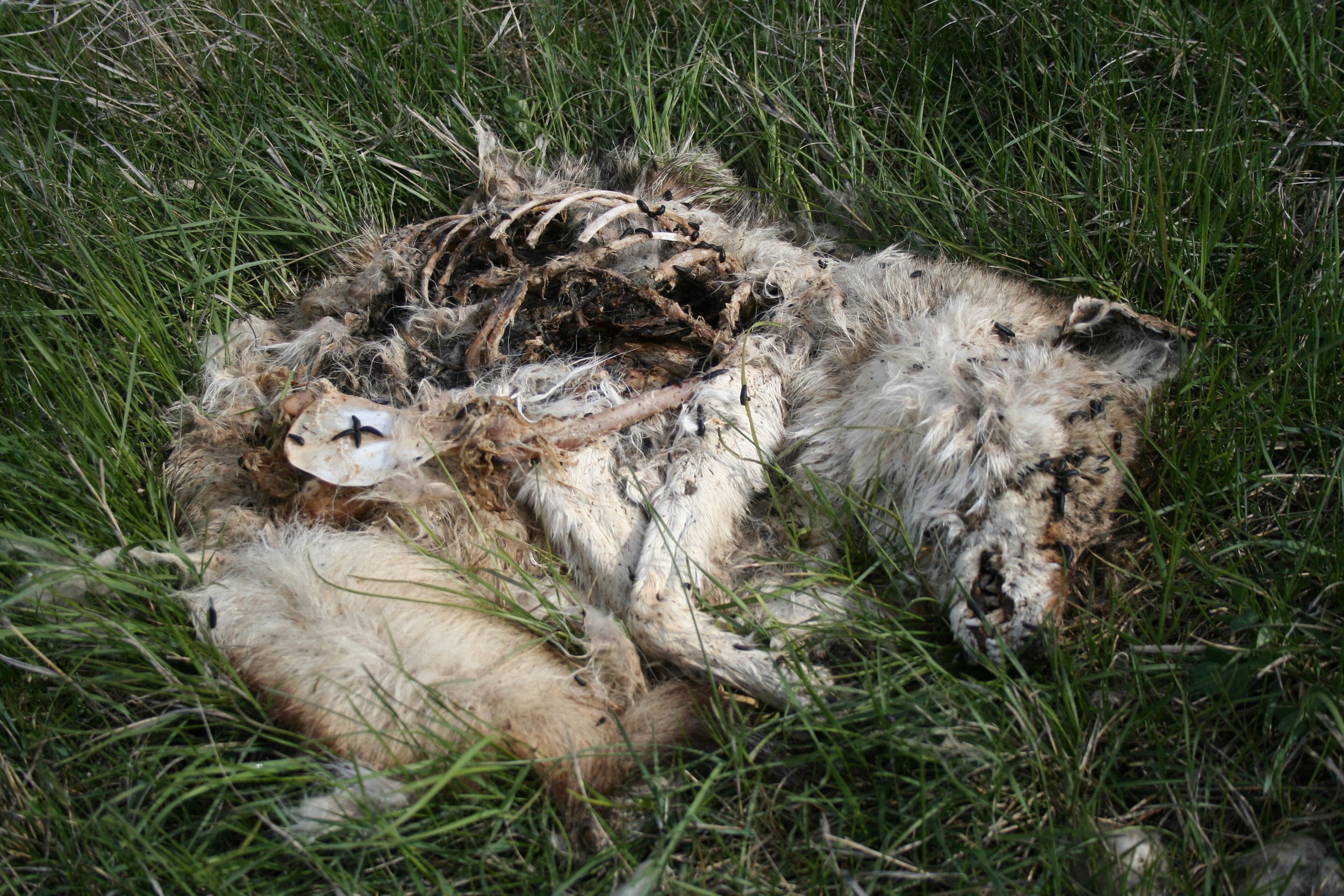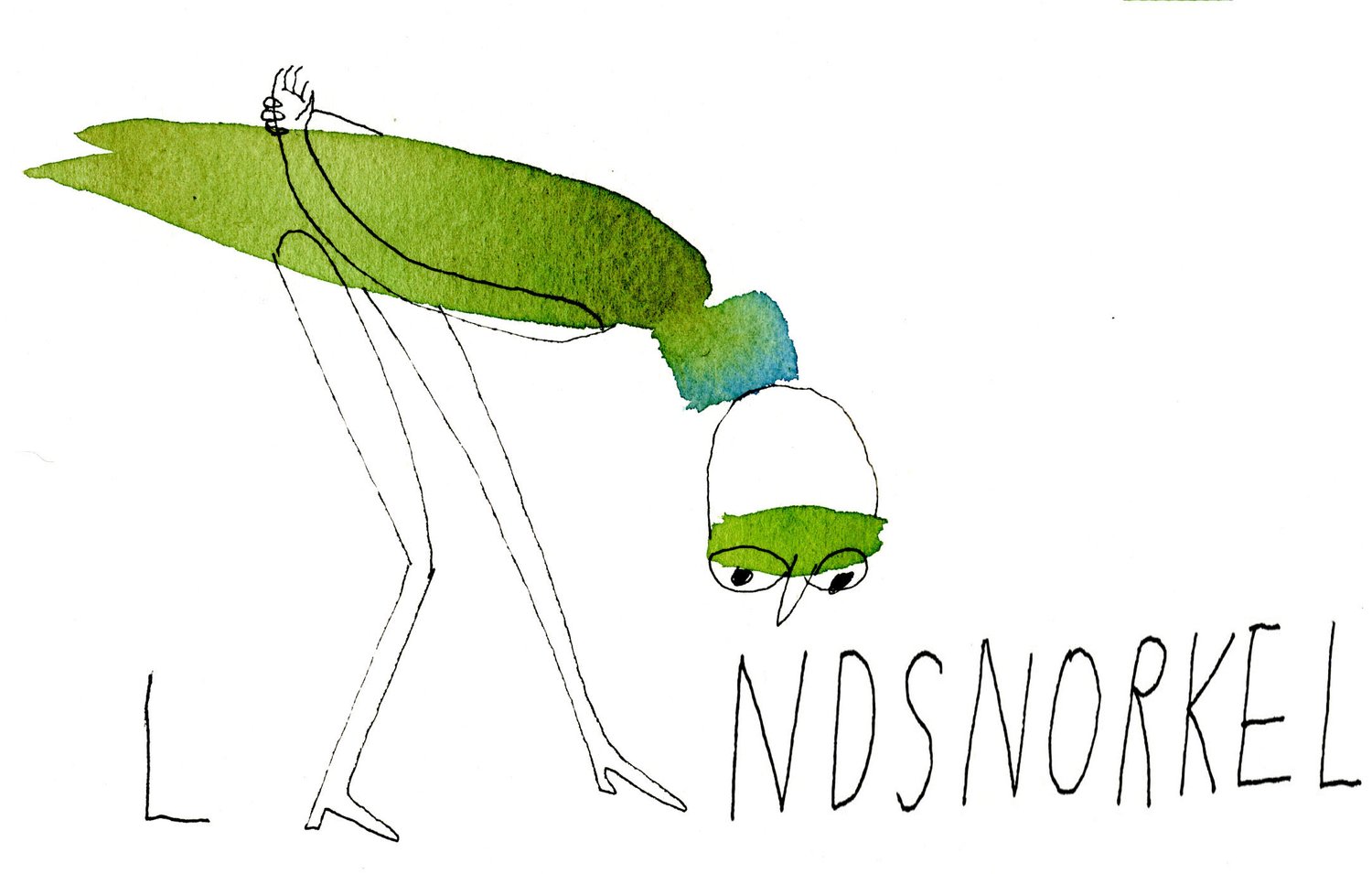Haiku: Landsnorkel in Translation
 Haiku poetry focuses on a brief moment in time in the same way landsnorkeling pays attention to the smallest detail…a frog, a rock, the soughing of wind through trees. One employs the senses, the other evokes the senses. Both can be the catalyst for illumination.Laurie Wagner Buyer wrote a haiku a day for a year about her life on a Colorado ranch. The resulting book, Infinite Possibilities, A Haiku Journal, explores the involvement of the natural world with humans in a seasonal context. She invites the reader to simply observe the landscape up close and far away, with all your senses, and then translate the moment into words, filling the blank pages with original haikus.Classic Japanese Haiku dates back to the sixteenth century with roots even further back. It uses a three-line poem with seventeen syllables broken into a 5/7/5 syllabic pattern. The website, www.poets.org, further defines this form of poetry: “Often focusing on images from nature, haiku emphasizes simplicity, intensity, and directness of expression.” This classic poem by Matsuo Basho exemplifies these components:An old pond!A frog jumps in—the sound of water.In a beautiful book of traditional haiku, The Sound of Water, you can find this poem:Traveling this highmountain trail, delightedby violets.Jack Kerouac adopted Japanese Haiku into three line poetry without the constriction of exact syllables, calling it American Haiku. In 1958 he recorded his poetry in a studio pairing it with jazz rifts performed by Al Cohn and Zoot Sims. The result was called Blues and Haikus. His illustrations accompany each poem, giving a visual of one moment which can be seen in the video listed below. As only Kerouac can do, he connects nature and human nature with humor, sensitivity and occasional irreverence. Kerouac translated an awareness of one moment in life to three lines in a poem. Haiku and landsnorkeling share that one thing, awareness of where we are in the moment.Traditional haiku uses seasonal words called ki-go. In this poem Kerouac used this technique to describe a moment filling it with energy and imagery and bringing inanimate objects to life:The summer chairRocking by itselfIn the blizzard.Barbara Louise Ungar wrote in Simply Haiku: A Quarterly Journal of Japanese Short Form Poetry, Winter 2007, vol. 5 no. 4: “His [Kerouac’s] haiku describe the rare moments when Kerouac found inner peace, when he stopped running long enough to look and feel deeply the nature of this tragic, fleeting world.” From the same article Kerouac is quoted, “Above all, a Haiku must be very simple and free of all poetic trickery and make a little picture and yet be as airy and graceful as a Vivaldi Pastorella.”We see haikus all around us: a feather in the grass, lime green lichen sploteched on a red scoria rock, a leaf fossil, a carpet of moss growing on the thick branch of an ash tree, a carcass of a coyote, curled in repose, decaying back to the earth in the spring grass, beetles feeding off the remains.Black beetles skitter,feasting on sinew and bones.Skull swallowed in grass.By Karen StevensonTry it! Landsnorkel with words! It’s called…Haiku.Links to books mentioned in this article:Infinite Possiblities, A Haiku JournalOn Love and Barley, Haiku of BashoThe Sound of Water: Haiku by Basho, Buson, and Issa, and other poets.Blues and Haikus by Jack Kerouac
Haiku poetry focuses on a brief moment in time in the same way landsnorkeling pays attention to the smallest detail…a frog, a rock, the soughing of wind through trees. One employs the senses, the other evokes the senses. Both can be the catalyst for illumination.Laurie Wagner Buyer wrote a haiku a day for a year about her life on a Colorado ranch. The resulting book, Infinite Possibilities, A Haiku Journal, explores the involvement of the natural world with humans in a seasonal context. She invites the reader to simply observe the landscape up close and far away, with all your senses, and then translate the moment into words, filling the blank pages with original haikus.Classic Japanese Haiku dates back to the sixteenth century with roots even further back. It uses a three-line poem with seventeen syllables broken into a 5/7/5 syllabic pattern. The website, www.poets.org, further defines this form of poetry: “Often focusing on images from nature, haiku emphasizes simplicity, intensity, and directness of expression.” This classic poem by Matsuo Basho exemplifies these components:An old pond!A frog jumps in—the sound of water.In a beautiful book of traditional haiku, The Sound of Water, you can find this poem:Traveling this highmountain trail, delightedby violets.Jack Kerouac adopted Japanese Haiku into three line poetry without the constriction of exact syllables, calling it American Haiku. In 1958 he recorded his poetry in a studio pairing it with jazz rifts performed by Al Cohn and Zoot Sims. The result was called Blues and Haikus. His illustrations accompany each poem, giving a visual of one moment which can be seen in the video listed below. As only Kerouac can do, he connects nature and human nature with humor, sensitivity and occasional irreverence. Kerouac translated an awareness of one moment in life to three lines in a poem. Haiku and landsnorkeling share that one thing, awareness of where we are in the moment.Traditional haiku uses seasonal words called ki-go. In this poem Kerouac used this technique to describe a moment filling it with energy and imagery and bringing inanimate objects to life:The summer chairRocking by itselfIn the blizzard.Barbara Louise Ungar wrote in Simply Haiku: A Quarterly Journal of Japanese Short Form Poetry, Winter 2007, vol. 5 no. 4: “His [Kerouac’s] haiku describe the rare moments when Kerouac found inner peace, when he stopped running long enough to look and feel deeply the nature of this tragic, fleeting world.” From the same article Kerouac is quoted, “Above all, a Haiku must be very simple and free of all poetic trickery and make a little picture and yet be as airy and graceful as a Vivaldi Pastorella.”We see haikus all around us: a feather in the grass, lime green lichen sploteched on a red scoria rock, a leaf fossil, a carpet of moss growing on the thick branch of an ash tree, a carcass of a coyote, curled in repose, decaying back to the earth in the spring grass, beetles feeding off the remains.Black beetles skitter,feasting on sinew and bones.Skull swallowed in grass.By Karen StevensonTry it! Landsnorkel with words! It’s called…Haiku.Links to books mentioned in this article:Infinite Possiblities, A Haiku JournalOn Love and Barley, Haiku of BashoThe Sound of Water: Haiku by Basho, Buson, and Issa, and other poets.Blues and Haikus by Jack Kerouac

